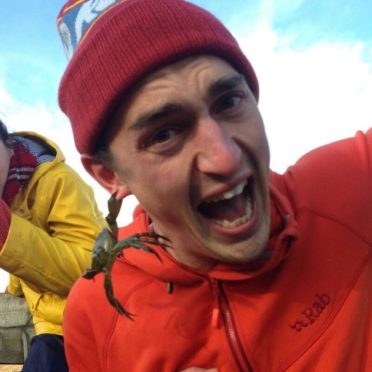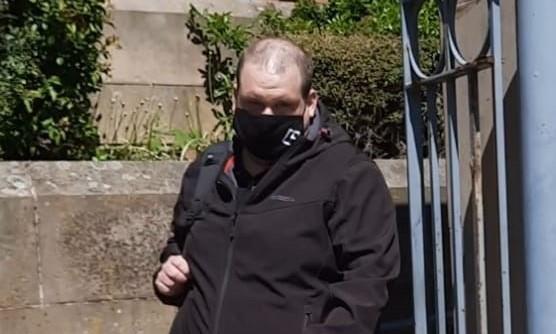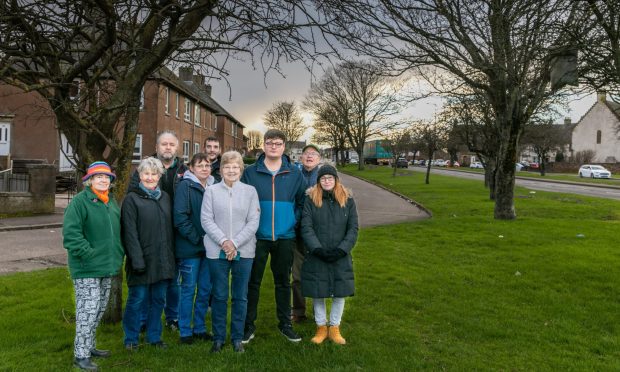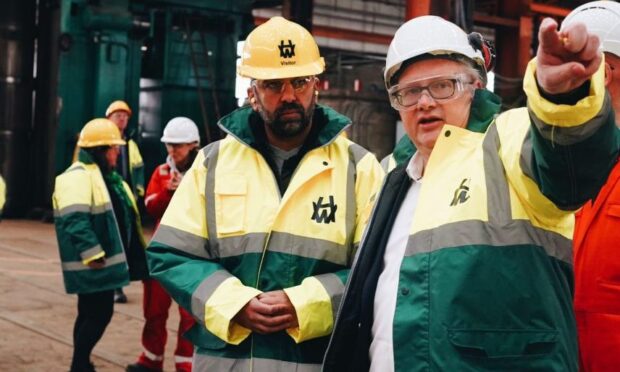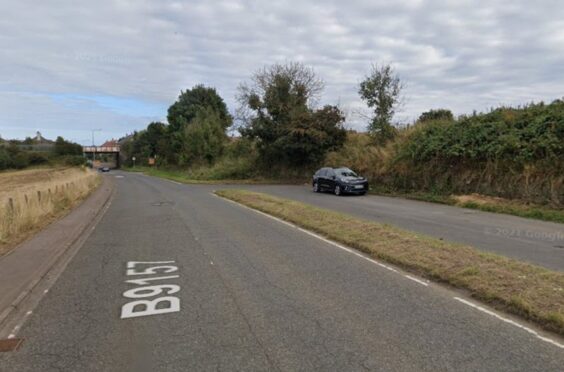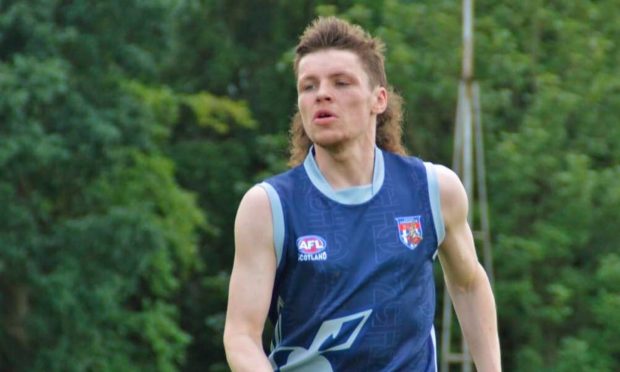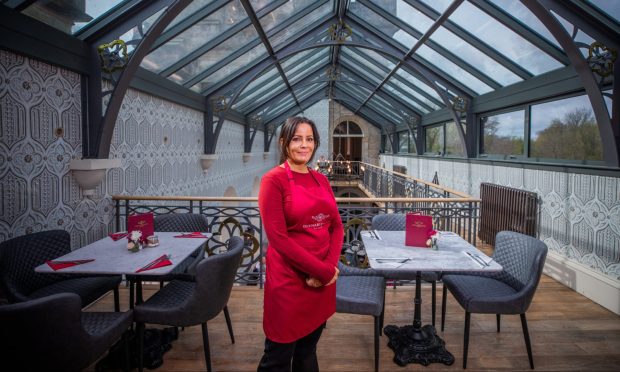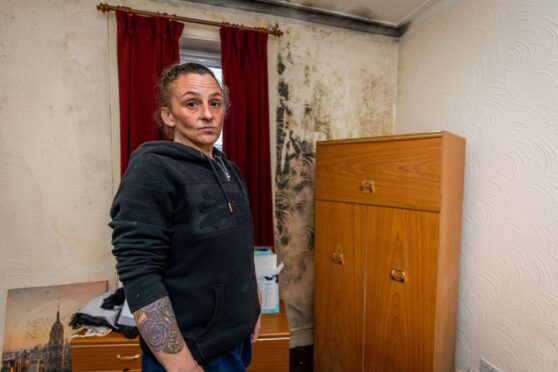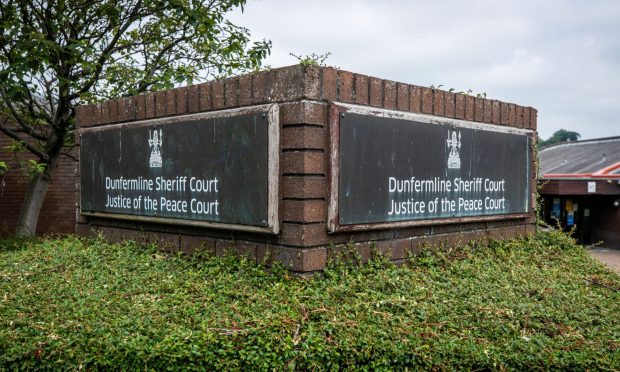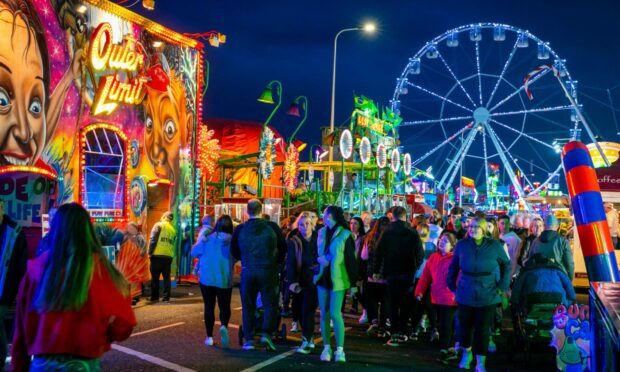The friend of a Fife mountaineer who had to be airlifted to safety following an accident almost 23,000 feet up a Pakistani mountain has told how he thought his fellow climber was going to die.
Alistair Swinton’s climbing partner Tom Livingstone revealed he feared the worst after Mr Swinton fell 65ft down a crevasse during their descent from the summit of Koyo Zom mountain.
Badly injured and without food or fuel, the pair were left stranded for 28 hours before finally being reached and airlifted to safety.
It’s the second time Mr Swinton, 30, who was born in Leven but now lives in Chamonix in France, has had a near death experience.
In 2013, whilst climbing in the Alps, he survived after being caught up in an avalanche.
Recounting their ordeal, Mr Livingstone, 28, told of how he managed to haul Mr Swinton back to safety but, covered in blood and severely injured, he was worried his friend might no survive.
He said: “I was glad Ally remained conscious throughout the time waiting for a helicopter rescue, but in the first afternoon he seemed very faint, unresponsive and weak.
“He was shivering and bleeding from his head.
“He was covered in blood. I admit for a time I was genuinely concerned he might die in the night.”
He added: “I did what anyone would do in the ensuing 28 hours and cared for him, as I’m sure he would for me.”
Only hours before, the pair, part of a group of five experienced alpinists, had been ecstatic having conquered the previously unclimbed west face of Koyo Zom, the highest mountain in the Hindu Raj range.
“It felt so cool to be on the summit, feeling like we were on the moon,”said Mr Livingstone.
“It had been one of the best, most enjoyable routes I’ve ever climbed.”
The pair made a partial descent down the mountain’s easier eastern side before before bedding down for the night on the Pechus glacier.
“All we had to do was walk down the glacier, weaving through cravasses for about six kilometers and dropping 2,300 metres in altitude,” he recalled.
“We woke with the sun, roped up and trudged down. What happened next was an unlucky mistake by Ally.”
Every climber’s worst fear had been realised after Mr Swinton plunged 20 metres into a crevasse sustaining injuries to his head and leg.
Because of the duo’s remote position and Mr Swinton’s deteriorating condition, Mr Livingstone was left with no option but to activate the SOS of his satellite tracker.
Now safely back in the Pakistan capital, Islamabad, Mr Livingstone recalled the joy of hearing the army rescue helicopter.
“I heard the distant “chop-chop” of helicopter rotors, a beautiful sound,” he concluded.
“The main thing is that we’re both safe and well, and we had an amazing adventure.”
